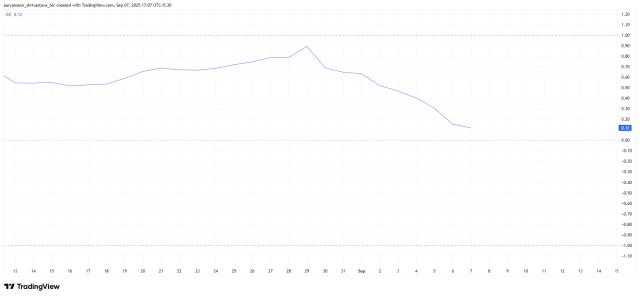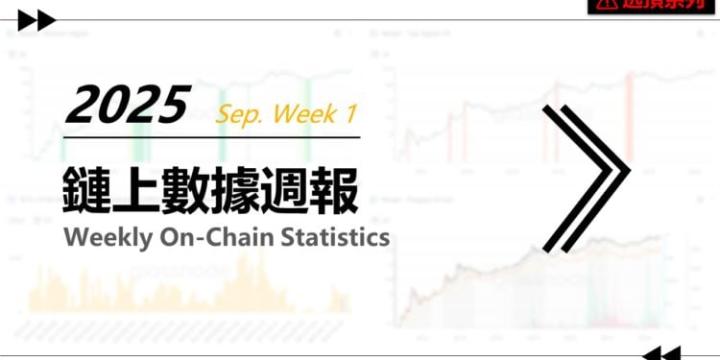Avalanche was initially designed as a high-performance public chain for institutional finance, but its next development focus will shift to the RWA domain. Avalanche is not competing solely on throughput or virtual machine compatibility, but positioning itself as the preferred platform for tokenized credit, treasury bills, and other regulated assets.
According to recent news, Grove Finance plans to deploy approximately $250 million in RWA on the Avalanche blockchain through Centrifuge and Janus Henderson, which will introduce new institutional partners and financial products to the ecosystem.
In this article, we will introduce Avalanche's institutional-facing technical architecture, Grove's RWA deployment and its impact, and explain why tokenized credit and treasury bills can make Avalanche the preferred public chain in the RWA domain.
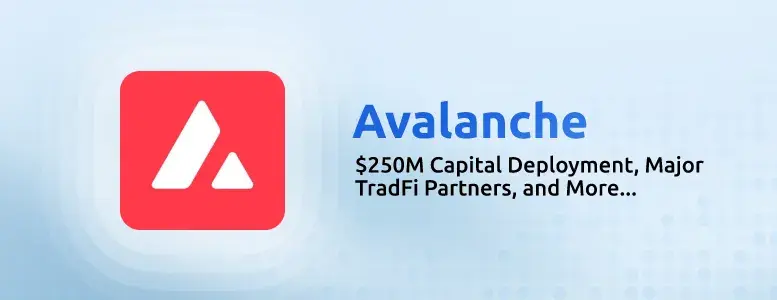
Why is Avalanche Important for RWA?
The Avalanche platform, with its unique Avalanche consensus protocol, achieves sub-second transaction finality and high throughput, enabling developers to build customized layer-one networks called subnets that balance compliance and performance. These qualities make the platform particularly suitable for institutional application scenarios, where deterministic settlement and low transaction fees have become rigid requirements.
Currently, Avalanche carries nearly $180 million in tokenized RWA value, covering 35 asset categories.
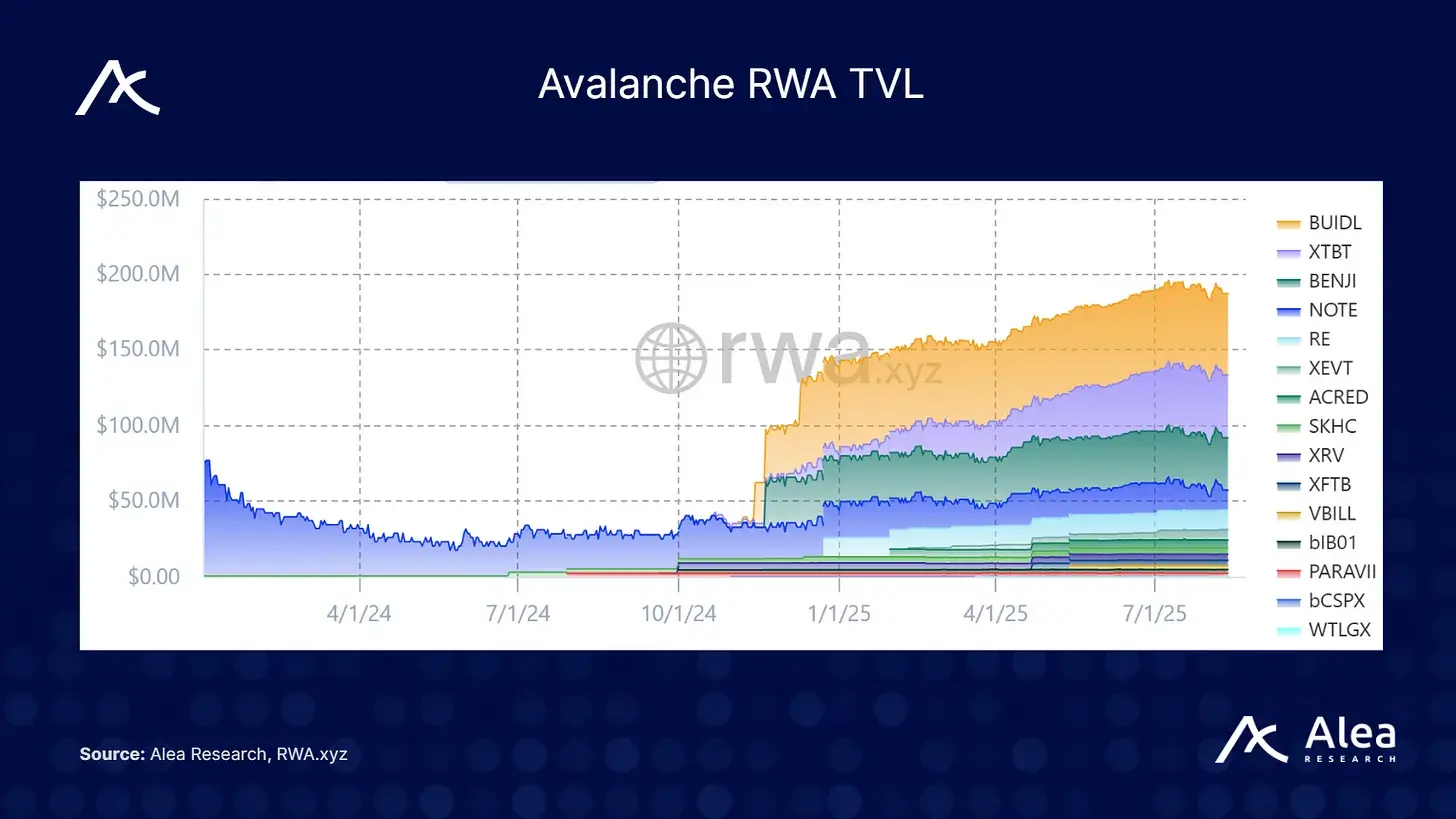
These assets already include some important traditional financial product categories, such as tokenized treasury bills, credit products, institutional funds, and alternative assets.
- Tokenized Treasury Bills and Credit Products: OpenTrade integrates US Treasury short-term notes and institutional credits into DeFi, while Backed Finance introduces regulated stocks like SPY and COIN to the blockchain under the Swiss regulatory framework.
- Institutional Funds: BlackRock's BUIDL fund, issued through Securitize, can be deposited into Avalanche wallets and used as DeFi collateral. This fund has contributed $53 million to institutional RWA TVL.
- Reinsurance and Alternative Investments: RE tokenizes reinsurance premiums, creating uncorrelated revenue sources.
Avalanche's network supports customizable subnet features, allowing asset management institutions to deploy dedicated chains with independent validator nodes and compliance rule systems. The ecosystem is compatible with programmable stablecoins (such as avUSD and sAVAX) and supports permissionless lending protocols and various liquidity staking schemes (including innovative protocols like sAVAX, ggAVAX, and yyAVAX).
Collaboration between Grove, Centrifuge, and Janus Henderson
In late July 2025, Avalanche announced that the institutional credit protocol Grove Finance will go live on its platform, targeting the introduction of approximately $250 million in RWAs. Currently, Grove is collaborating with tokenization pioneer Centrifuge and the asset management giant Janus Henderson, which manages $373 billion in assets, to promote on-chain deployment of two funds:
- Janus Henderson Anemoy AAA-rated Loan-Backed Securities Fund (JAAA): A loan-backed securities fund that allocates priority credit assets through regulated standards.
- Janus Henderson Anemoy Treasury Bill Fund (JTRSY): A strategy investing in short-term US Treasury bills.
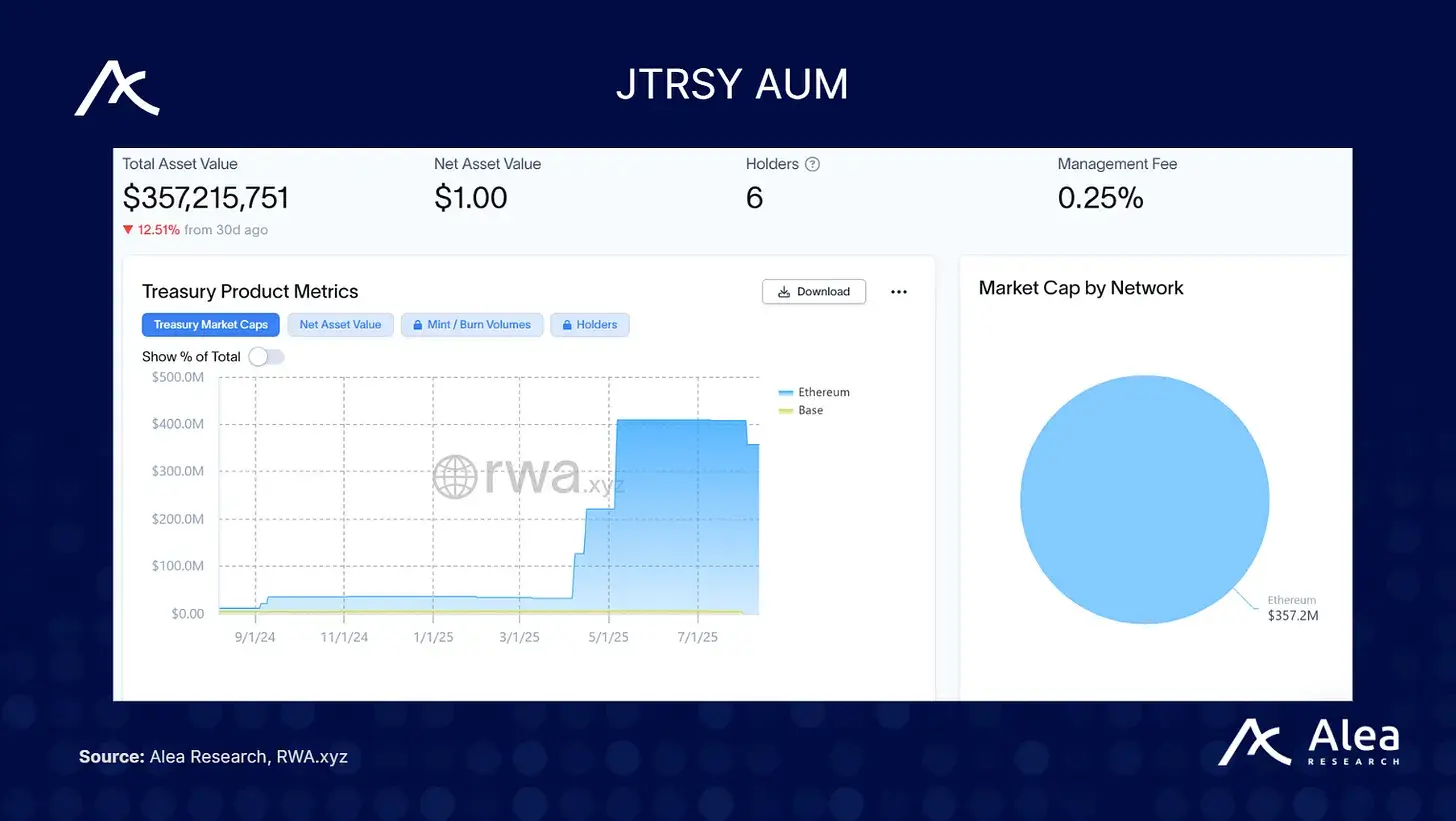
The influx of Grove's funds will more than double Avalanche's RWA deployment scale. This collaboration will also introduce powerful new partners, deepening strategic synergies with asset management giant Janus Henderson and decentralized asset protocol Centrifuge. The deployment of products from Apollo Global Management's ACRED, WisdomTree's tokenized funds, KKR Medical Growth Fund, and institutions like BlackRock, Franklin Templeton, and VanEck all demonstrate Avalanche's overall strong development momentum in the institutional application layer.
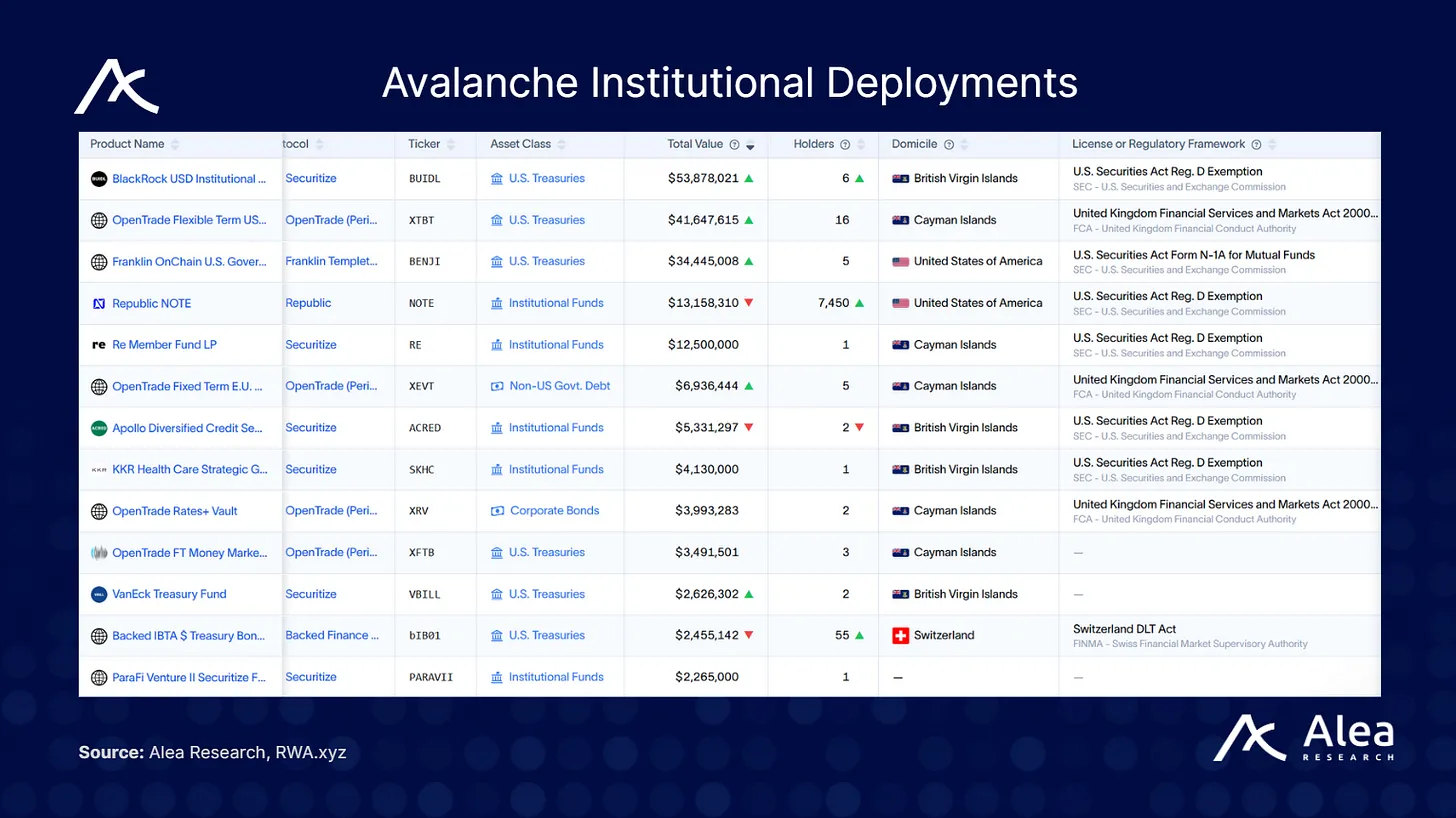
RWA Adoption on Avalanche
For users and developers, Avalanche's continuously expanding RWA ecosystem provides new basic components for building yield strategies and fixed-income products.
Developers can integrate tokenized loan collateral certificates and US Treasury bills into lending markets or automated vault systems, while retail investors can now access financial domains traditionally limited to institutional participants.
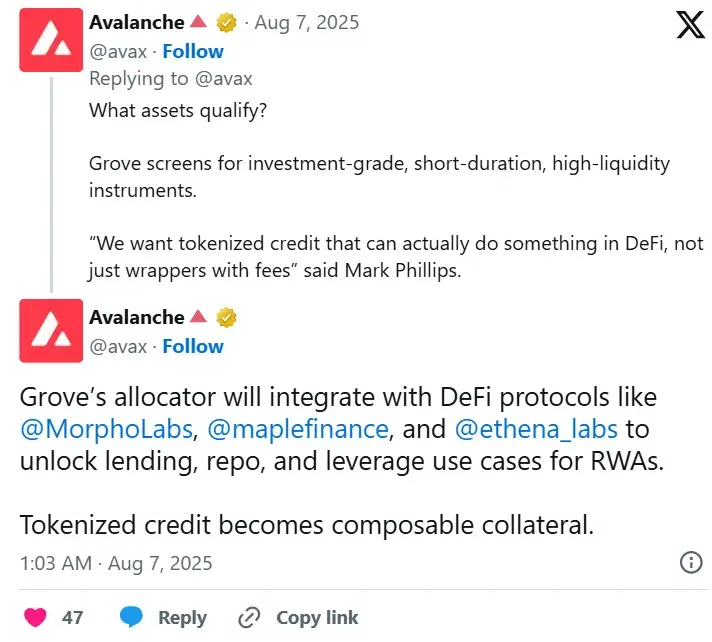
For asset allocators, in the institutional RWA domain, Avalanche is gradually becoming a reliable alternative to Ethereum. Its high-performance architecture, low fees, and proven subnet technology are significantly attractive to asset management institutions seeking to tokenize funds.
The Grove deployment demonstrates that large credit portfolios have been operationalized on-chain, promising to unlock liquidity and enhance transparency for investors. The network's collaboration with Visa in global stablecoin settlement, coupled with record DEX trading volumes, jointly confirms that Avalanche is building infrastructure for payment systems and capital markets.
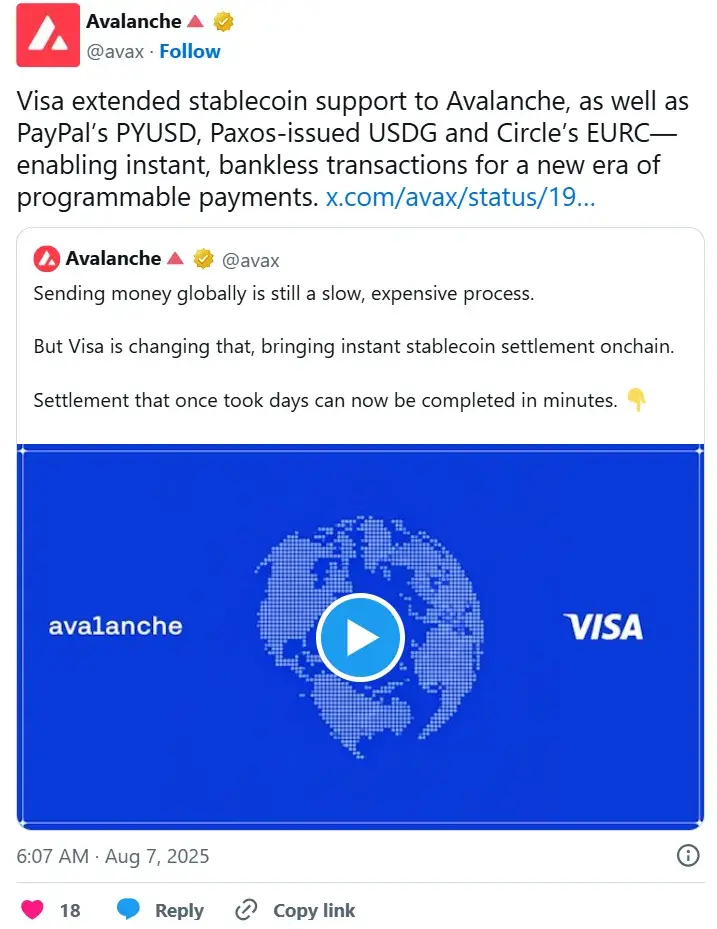
"`




